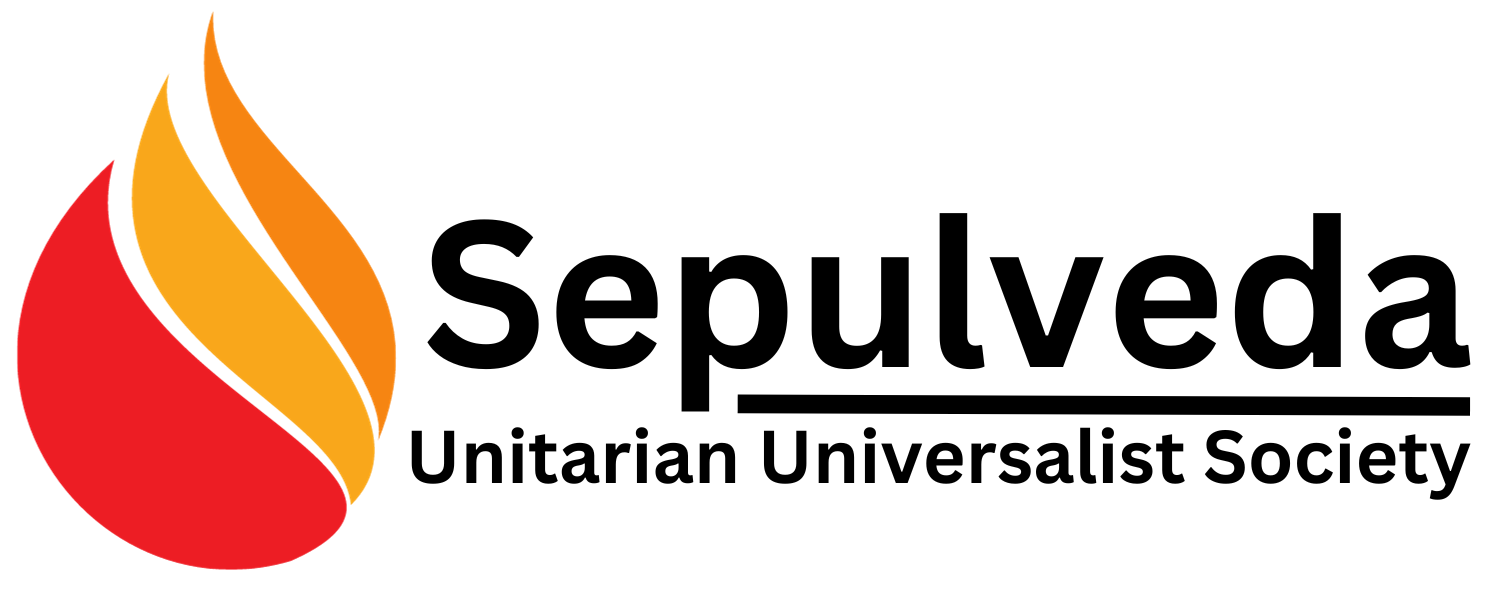Day 23. Protest Songs of the Native Rights Movement
On Day 23 of our 30 Days of Honoring Native American Heritage Month Through Music, we delve into the powerful tradition of protest songs within the Native rights movement. These songs have played a vital role in raising awareness, mobilizing communities, and articulating the struggles and aspirations of Indigenous peoples across North America. Today, we explore the history and impact of protest music as a vehicle for social change.
The Role of Music in Activism
Throughout history, music has served as a potent form of expression for marginalized communities, allowing them to voice their struggles, resilience, and demands for justice. In Native American activism, protest songs have emerged as a significant tool for:
- Raising Awareness: Protest songs often address critical issues faced by Indigenous communities, such as land rights, environmental degradation, cultural preservation, and social justice. By sharing their stories through music, artists can reach a broader audience and spark dialogue about these pressing issues.
- Mobilizing Communities: Music has the power to bring people together, fostering a sense of solidarity and collective action. Protest songs inspire listeners to engage in activism, whether through participating in demonstrations, educating others, or advocating for policy change.
- Cultural Resilience: Protest music helps preserve Indigenous languages and cultural traditions, providing a means for younger generations to connect with their heritage. By integrating traditional musical elements with contemporary styles, artists create a bridge between the past and present.
Notable Protest Songs and Artists
Several artists have made significant contributions to the protest music scene within the Native rights movement. Here are a few notable songs and their creators:
- “We Are Still Here” by The Halluci Nation: This powerful anthem emphasizes resilience and the enduring presence of Indigenous peoples despite historical oppression. The song combines electronic beats with traditional Indigenous sounds, making a bold statement about cultural survival.
- “Coyote and the Black Snake” by Tori Amos: This song addresses the environmental issues surrounding the Dakota Access Pipeline, reflecting the struggles of Indigenous communities to protect their land and water. Amos uses her platform to amplify Indigenous voices and draw attention to critical issues.
- “This Land is Your Land” (modified version) by Woody Guthrie: While not originally a Native song, many Indigenous artists have adapted Guthrie’s classic to highlight the importance of land sovereignty and Indigenous rights. This modified version serves as a reminder that the land belongs to its original inhabitants.
- “Song for the Spirit” by Buffy Sainte-Marie: As a pioneering artist in Indigenous activism, Buffy Sainte-Marie has used her music to advocate for Indigenous rights and environmental justice. “Song for the Spirit” is a call to action for solidarity and support for Indigenous communities.
- “Native American Prayer” by John Trudell: John Trudell, a prominent activist and musician, infused his spoken word with themes of resistance and cultural identity. His work often addresses the struggles faced by Native peoples, providing a voice for the movement.
The Legacy of Protest Music
The legacy of protest songs in the Native rights movement continues to evolve. Today, a new generation of Indigenous artists is carrying the torch, using their music to address contemporary issues and inspire activism. Social media and digital platforms have expanded the reach of protest music, allowing artists to connect with audiences globally and mobilize support for their causes.
As we reflect on the theme of protest songs within the Native rights movement, let us recognize the power of music to inspire change and foster solidarity. By amplifying Indigenous voices through song, we can contribute to the ongoing fight for justice and equality while honoring the rich cultural heritage of Native communities.
Learn more about the significance of music in the fight for Indigenous rights and the stories behind key protest songs in this Equal Times article at (https://www.equaltimes.org/the-sound-of-indigenous-resistance?lang=en).
Join us throughout the month of November as we celebrate these remarkable achievements, creating space for reflection, joy, and growth as we listen to the voices of Native American musicians past and present.
#UU #UUA #CelebrateDiversity #CelebrateDiversity #NativeAmericanHeritage #PowerOfMusic #ProtestSongs #IndigenousRights
Discover more from SepulvedaUU
Subscribe to get the latest posts sent to your email.
